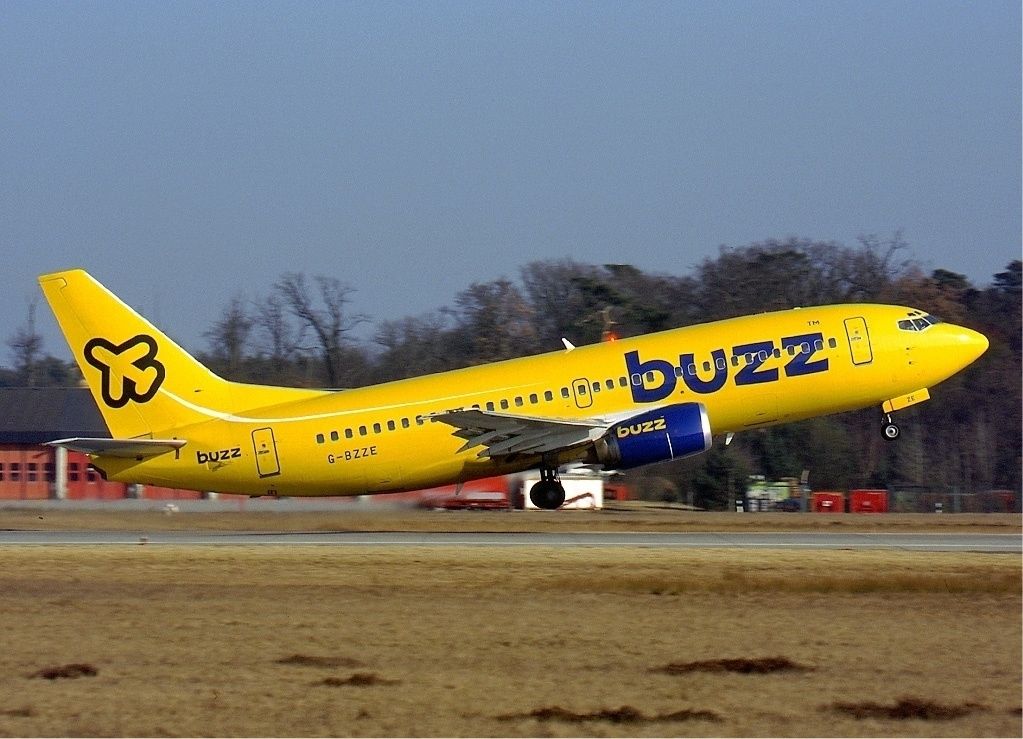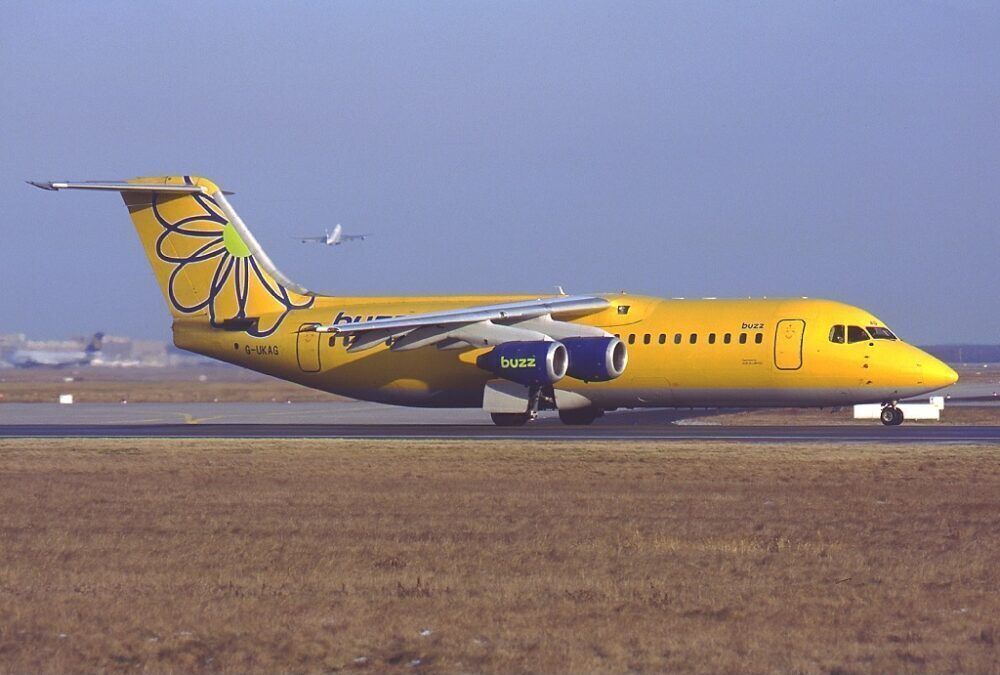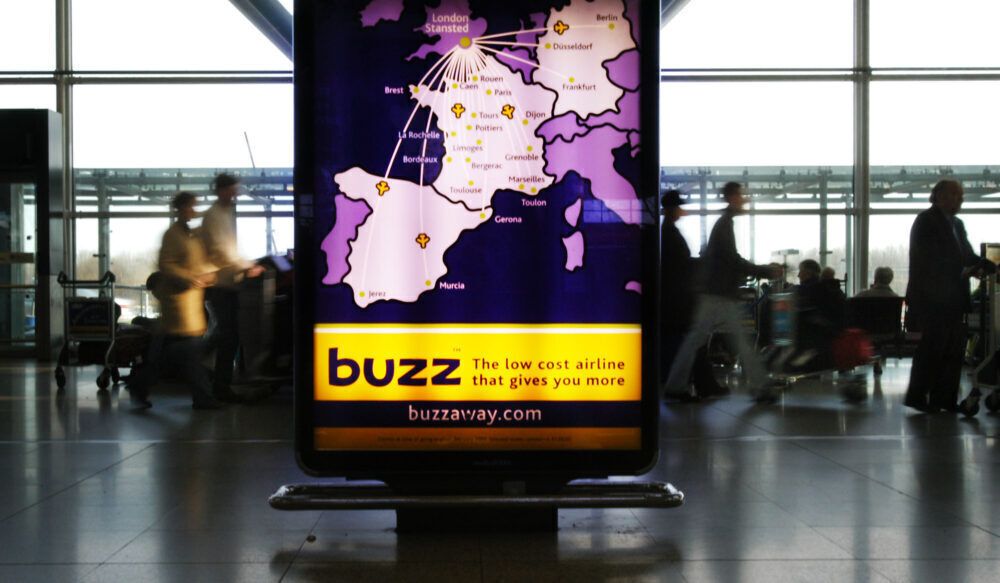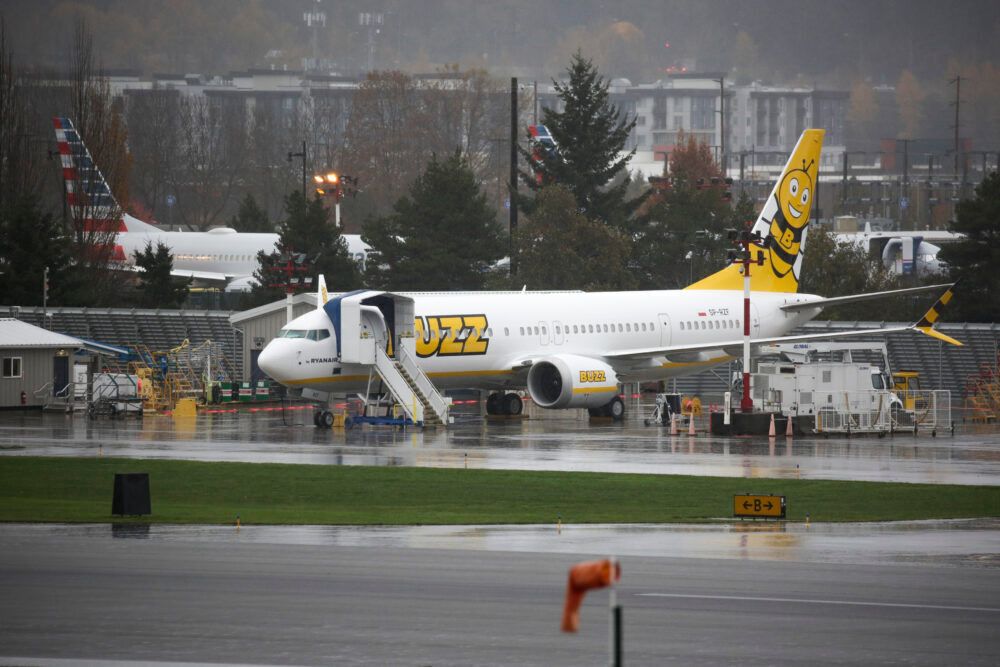Dutch flag carrier and SkyTeam member KLM is one of Europe's most significant airlines. It presently has several subsidiaries, covering cargo (Martinair), low-cost (Transavia), and regional (KLM Cityhopper) operations. However, did you know that it also previously had another subsidiary by the name of Buzz? It launched this low-cost airline at the turn of the century to compete with other budget airlines on European point-to-point routes.
A new airline for a new century
The 21st century was just four days old when Buzz commenced operations. KLM had founded its new low-cost subsidiary the previous year, and it took to the skies for the first time on January 4th, 2000. The idea for the carrier arose a response to increasing competition from existing low-cost airlines like easyJet and Ryanair on European routes.
Buzz took over several services that had been formerly operated by another one of the Dutch flag carrier's subsidiary airlines, namely KLM UK. As such, its initial fleet consisted of eight British Aerospace 146-300 regional jets that had been transferred from this carrier. According to data from ch-aviation.com, it ultimately operated 10 of these quirky quadjets.
Stay informed: Sign up for our daily and weekly aviation news digests.
An additional business travel focus
Buzz also flew Boeing 737-300s, with ch-aviation's data showing that eight of these yellow-liveried twinjets graced its fleet. Two previously flew for Deutsche BA, with the other six being ex-Continental Airlines jets. It flew these, and the 10 BAe 146s, out of London Stansted, which remains a popular airport among low-cost carriers serving the UK today.
Buzz had an established presence at Stansted, with its headquarters also located at the airport. One of the more interesting aspects of its network strategy was its attempts to tap into the European business travel market. Routes to Germany were key to this.
Specifically, Buzz opened services on the high-yield, business-heavy corridors from London to Düsseldorf and Frankfurt. It even flew to Frankfurt's primary airport (FRA), rather than the distant Frankfurt Hahn (HHN), which low-cost carriers traditionally preferred. Until 2003, Buzz had a Germany-based commercial manager to stimulate demand on these routes.
The end of the line - or not...
After just over three years of operations, KLM opted to sell Buzz to fellow European LCC Ryanair. As part of this transition, Ryanair reportedly cut 12 routes and 400 jobs at the airline. The purchase was completed in April 2003, with Ryanair renaming it Buzz Stansted.
However, it quickly disposed of the BAe 146s, and the end was nigh. All in all, Buzz lasted just 18 months under Ryanair's ownership. It ceased operations in October 2004, with Ryanair opting to return Buzz's 737-300s to their lessors. However, this was not the end of the story.
15 years later, the Irish low-cost giant brought Buzz back to life when it rebranded its Polish subsidiary, Ryanair Sun, under this name. It now flies leisure routes from various Eastern European countries, and even has eight Boeing 737 MAX 200s on order.
Did you know about the story of Buzz? Perhaps you even flew with KLM's lost-cost subsidiary during its brief period of operation? Let us know your thoughts and experiences in the comments!




